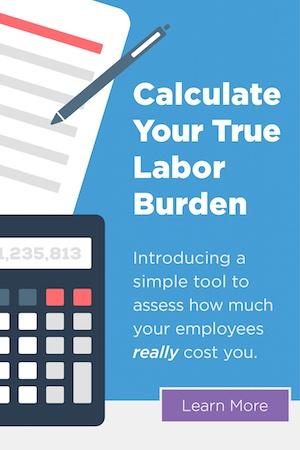For employers required to maintain work-related injury and illness records: it’s that time of year again. The Occupational Safety and Health Administration (OSHA) requires covered employers (establishments with 10 or more employees, except for certain “low-risk” industries) to prepare and post the OSHA Form 300A, Summary of Work-Related Injuries and Illnesses, at their establishments from February 1 through April 30. Some employers must also electronically submit this information to OSHA no later than March 2, 2021. What do employers need to know to prepare and comply with these requirements?
Background: What Is The 300A?
As a refresher, the OSHA Form 300A is the second page of OSHA’s Form 300. It serves as a summary of all recordable work-related injuries and illnesses that occurred in 2020, including the total number of cases, the total number of days employees spent away from work or on restriction, and specific injury and illness types.
Once completed, the form must be posted at each establishment in a conspicuous place. If no recordable incidents or illnesses occurred in 2020, the form must still be completed and posted. Some employers are unaware that OSHA can cite an employer who fails to post the OSHA Form 300A as required, even if no recordable incidents or illnesses need to be reported. The 300A must remain posted from February 1 to April 30.
Additional Steps For Certain Employers
Certain employers must also submit their OSHA Form 300A information through OSHA’s Injury Tracking Application (ITA). Establishments with 250 or more employees that are currently required to keep OSHA injury and illness records, and establishments with 20 to 249 employees that are classified in certain industries with historically high rates of occupational injuries and illnesses, have to submit their Form 300A information to OSHA.
The New Curveball: COVID-19 Cases
Many industries in the category described above, such as assisted living facilities, hospitals, manufacturers and other healthcare providers, have been greatly affected by COVID-19. Consequently, before posting or submitting your 300A information, employers should consider how the pandemic may have affected your injury and illness data.
According to OSHA, COVID-19 is a recordable illness. As such, covered employers are responsible for recording cases of COVID-19, if:
- the case is a confirmed case of COVID-19, as defined by the Centers for Disease Control and Prevention (CDC);
- the case is “work-related” as defined by 29 CFR § 1904.5; and
- the case involves one or more of the general recording criteria set forth in 29 CFR § 1904.7.
OSHA defines a “recordable injury or illness” as follows: (1) any work-related fatality; (2) any work-related injury or illness that results in loss of consciousness, days away from work, restricted work, or transfer to another job; (3) any work-related injury or illness requiring medical treatment beyond first aid; and (4) any work-related diagnosed case of cancer, chronic irreversible diseases, fractured or cracked bones or teeth, and punctured eardrums. There are also special recording criteria for work-related cases involving: needlesticks and sharps injuries; medical removal; hearing loss; and tuberculosis.
What Should You Do?
Many employers believe it is a good human resources practice to err on the side of caution when it comes to fulfilling general legal obligations, resolving any doubt by taking the extra step. However, that might not be the best practice when it comes to OSHA 300A compliance. Over-reporting can lead to higher incident rates, which can negatively affect your company’s safety standings. For this reason, we recommend that employers review OSHA’s website for guidance before completing the form, or reaching out to your Fisher Phillips attorney or any member of our Workplace Safety and Catastrophe Management Practice Group.
This article is reposted from Fisher Phillips Legal Resources.
This communication is for informational purposes only; it is not legal, tax or accounting advice; and should not be acted upon as such. This post may contain hyperlinks to forms, materials, and websites operated by parties other than UniqueHR. Such hyperlinks are provided for reference only. UniqueHR does not control such websites and is not responsible for their content.


